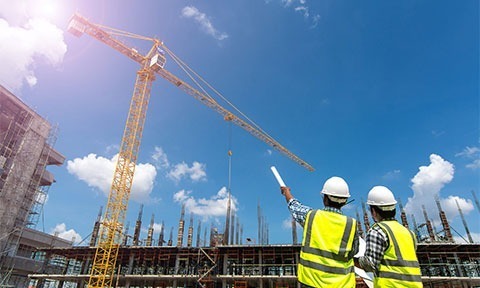Slope Stability
- Course focuses on slope stability, landslides, analysis principles, investigation, and stabilization.
- Detailed sessions cover landslide classification, stability analysis, ground investigation, and monitoring.
- Day 2 sessions analyze seepage, pore water pressures, and stabilization solutions.
- Emphasizes practical approaches with minimal mathematical formulas.
- Participants learn about slope instability and various engineering and non-stabilization solutions.
Overview
The Online Slope Stability Training Course is a comprehensive 2-day program focusing on understanding and analyzing slope stability to prevent landslides. The course covers topics such as landslide classification, stability analysis principles, investigation techniques, water and pore pressure effects, modeling, and slope stabilization methods. Participants will learn practical approaches without extensive mathematical formulas. The training emphasizes practical solutions for managing slope instability.
Who should attend
Geologists, Engineers, Geotechnical Professionals
Course Content
Online Slope Stability Training Course
Day 1
1.1 Slope Stability and Landslides – A brief introduction, including nomenclature and classification
Break
1.2 Slope stability analysis principles – translational slide
Lunch
1.3 Slope stability analysis principles – rotational and compound slides
Break
1.4 Landslide investigation
Day 2
2.1 Water, pore pressure, and slope instability
Break
2.2 Modelling pore pressure in slope stability analysis
Lunch
2.3 Slope stabilization
Break
2.4 Treatment of Slope Instability (not stabilization – other means)
More detailed Session Information:
Session 1.1 covers the subject of landslide classification and description, presenting a simplified scheme and giving examples of problems that have been encountered in the UK and elsewhere, concentrating on landslides of a scale that we can actually do something about (and therefore avoiding the tendency of many geologists to enter a competition on ‘the largest landslide I have seen’! The session also mentions some of the sources of information that participants may find useful to consult at their leisure.
Sessions 1.2 and 1.3 discuss the basic issues in stability analysis, first using using the limit equilibrium approach, including the measurement of soil properties, what Factors of Safety mean, and how the EC7 approach fits. The approach adopted uses the absolute minimum of mathematical formulae. Some coverage of continuum methods and how they fit into the general approach of slope stability analysis.
Session 1.4 is about the specific issues in slope stability related ground investigation, instrumentation and monitoring.
The first two sessions on day 2, sessions 2.1 and 2.2, are about respectively analysing seepage and hence the pore water pressures in slopes that affect slope stability, and then how various pore water pressure conditions are input into standard slope stability computer applications.
The final 2 sessions cover dealing with slope instability, divided into two parts, engineered stabilization solutions including how they are designed, and other solutions to instability that do not involve stabilization
Duration: 2 Days
Cost:£595 + Vat
Online Slope Stability Training Course
Virtual Slope Stability Training Course
Slope Stability Online Training Course
Slope Stability Virtual Training Course



